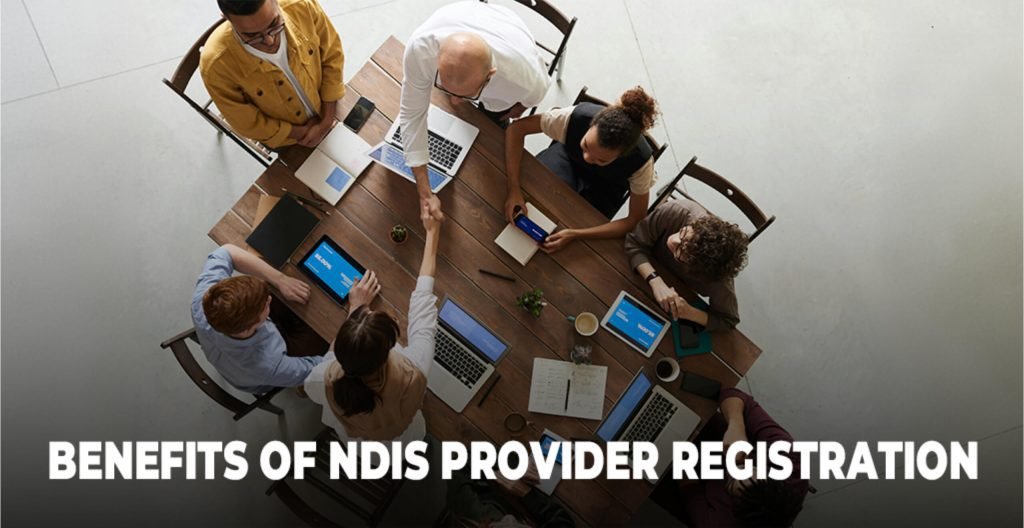In Australia, Individuals with impairments receive support through the National Disability Insurance Scheme (NDIS), an initiative of the Australian government, It covers expenses for eligible Australians who have a significant and permanent disability, As well as their family members and carers.
Even though the NDIS can provide funding for participants, Providers still need to invest time and money into launching their businesses, Which can be quite costly.
“Find out now what the initial start-up costs are to become an NDIS provider”
Registration
- Registered providers must meet the NDIS Commission’s registration requirements to be considered high-quality suppliers of goods and services for NDIS participants, This involves obtaining approvals, Meeting suitability standards, And undergoing rigorous audits.
- Typically, Registered providers, As opposed to unregistered ones, Have better reputations for delivering services to consumers and greater opportunities for business growth.
- Registered providers can also offer restricted practices and plan management services to NDIS participants who meet the eligibility criteria, These providers, Which can be commercial firms or not-for-profit organisations, are eligible for various benefits that can support the expansion of their businesses.
- Registered suppliers should follow specific pricing guidelines that detail the total amount of funds available for each service, The National Disability Insurance Agency (NDIA) updates the pricing guide periodically, And the price caps may vary depending on the service.
Benefits of Registration:
- Take advantage of the promotion on the NDIS portal and explore potential commercial opportunities.┬Ā
- Widely recognised for being reliable and capable of delivering high-quality services in the disability care industry.
- Opportunity to directly work with participants under agency supervision.
- Speed up your payments by using the NDIS website.
- Ability to offer a combination of services and products in various support areas, Including plan management and restrictive practices.
- To enjoy the benefits of being a registered provider of NDIS support and start planning your budget, Please read the information below to learn more about the expenses associated with NDIS registration.
- Understanding the NDIS Provider Registration Process
It is essential to ensure that all necessary paperwork is completed to make your business compliant when applying for registration, The registration classifications applicable to your company as an NDIS Registered Provider will depend on what you offer.┬Ā
- The steps for applying for registration with the NDIS Commission are as follows:
- The Registration Process
1-Submit an Application Online
To become an NDIS-registered business, The first step is to apply online through the official NDIS provider portaln, This 60-day application process includes the following steps:
- Provide a comprehensive organisational profile, Including details about your company’s corporate structure, Key personnel, Contact information, And address.
- Selecting the types of support your company intends to offer.
- Conducting a company self-assessment based on NDIS Practice Standards.
Providers can offer a wide range of services, but the main support categories include:
- Assistive Technology.
- Assistance with Daily Living.
- Social & Community Participation.
- Community Nursing Care.
- Education and Employment Support.
- Health and Wellbeing.
- Home Modifications.
- Increased Social and Community Participation.
- Maintaining Relationships.
- Personal Care Products and Consumables.
- Specialised Disability Accommodation.
- Therapeutic Supports.
- Transport.
Service providers should ensure that key staff members have relevant experience in the services they provide and have completed any necessary training, For help choosing the services your company will offer NDIS clients, Click here to see a list of registration groups and their audit requirements, Depending on the registration group, Key staff members may also need to complete extra training courses.
Ensure that all information on these documents is thoroughly reviewed multiple times to demonstrate your commitment to delivering high-quality services, After submitting your application, You will receive confirmation of the type of desktop audit or document review required for your company, Along with the NDIS Practice Standards necessary to become a Registered Provider.
2-Assemble an Audit Team to Complete the First Audit
Next, you should hire a certified quality auditor and give them your NDIS-compliant policies, procedures, and key personnel checks for review, You can settle to use government agencies, Private organisations, or other parties to carry out these audits.
The first audit’s scope will vary depending on your business type and whether you offer high-risk services to individuals, The complexity of the service your business provides will determine if you need to undergo a certification audit or a verification audit, Verification audits are usually less expensive than certification audits for complex services.
3-Submit an Evaluation to the NDIS Commission
If your organisation is qualified to register as an NDIS provider, the NDIS Commission will assess your application and the external audit, If your application is approved, you will receive a certificate of registration, And the NDIS Commission will provide updates on the progress of your application.
Latest NDIS News in Australia

ndis business profitability strategies and factors
Becoming an NDIS provider Registration┬Ā is a great investment and a business opportunity that offers a lot and while navigating NDIS business registrationŌĆŗ and NDIS

Allied Health Professionals in NDIS: What you need to know
The NDIS Scheme helps a large group of people with disabilities in Australia by providing support and services to enhance their lives. And to become

How to create a positive NDIS participant experience
How to create a positive NDIS participant Whether youŌĆÖre Working as an NDIS provider or wanting to become an NDIS provider, Ensuring a great experience

Common Mistakes in NDIS Audit and How to Avoid Them
Becoming a National Disability Insurance Scheme become an NDIS provider provider can be a great business opportunity, but it also comes with a lot of

NDIS Plan Management Self Managed VS Plan Managed
Helping participants navigate their plans effectively is an essential part of providing service and ensuring quality in your provider business. NDIS plan management is fundamentally

How to Stay Informed: NDIS Resources and Updates You Need to Know
NDIS Resources Navigating the National Disability Insurance Scheme (NDIS) can often feel challenging and overwhelming. With updates on policy changes, new guidelines, and various support
Hear from Our Clients






